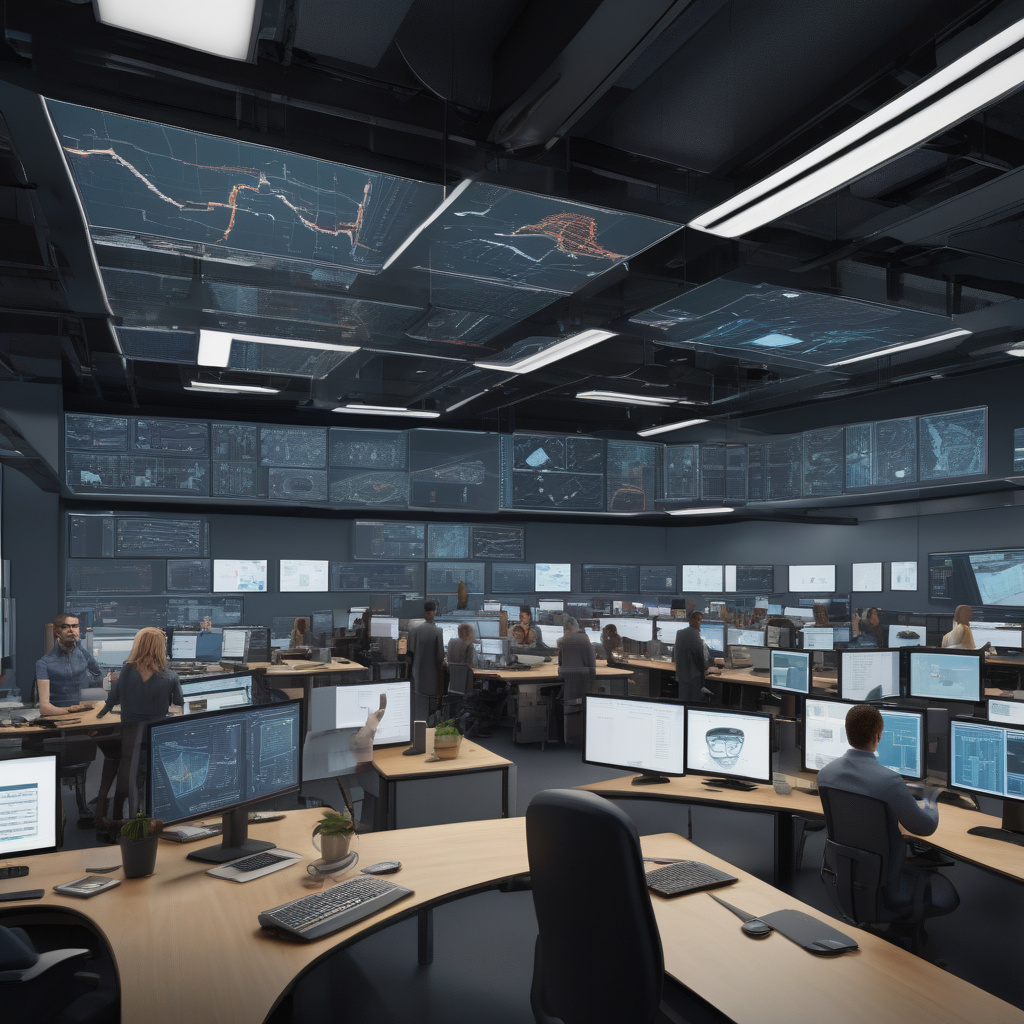In the realm of IT and software development, the concept of observability has become increasingly vital. With enterprises churning out terabytes of log data daily, the need to efficiently ingest, store, and analyze this data is paramount. This is where the shift towards headless observability comes into play, offering a more streamlined and effective approach to monitoring and troubleshooting complex systems.
Headless observability essentially decouples the data collection process from the visualization and analysis components. By separating these functions, organizations can achieve greater flexibility, scalability, and cost-effectiveness in managing their observability infrastructure.
One of the key reasons why observability needs to go headless is scalability. Traditional monolithic observability solutions often struggle to keep pace with the exponential growth of data generated by modern applications. Headless architectures, on the other hand, allow for horizontal scaling, enabling organizations to adapt to changing workloads and data volumes seamlessly.
Moreover, headless observability promotes flexibility and customization. By decoupling data collection from analysis, organizations can mix and match different tools and technologies that best suit their specific needs. This modular approach empowers teams to tailor their observability stack to the unique requirements of their systems, leading to more efficient monitoring and troubleshooting processes.
Cost savings also play a significant role in the adoption of headless observability. By decoupling data collection from visualization and analysis, organizations can optimize resource utilization and avoid overprovisioning. This results in lower infrastructure costs and more efficient use of computing resources, ultimately driving down the total cost of ownership for observability solutions.
Furthermore, headless observability enhances resilience and fault tolerance. In a distributed system where failures are inevitable, decoupling components can prevent a single point of failure from bringing down the entire observability stack. This architectural resilience ensures that organizations can maintain visibility into their systems even in the face of unexpected outages or issues.
In conclusion, the shift towards headless observability represents a significant advancement in the field of monitoring and troubleshooting for modern IT environments. By embracing decoupled architectures, organizations can achieve greater scalability, flexibility, cost savings, and resilience in their observability practices. As the volume and complexity of data continue to rise, adopting a headless approach is not just a trend but a strategic imperative for staying ahead in the ever-evolving landscape of IT operations.

